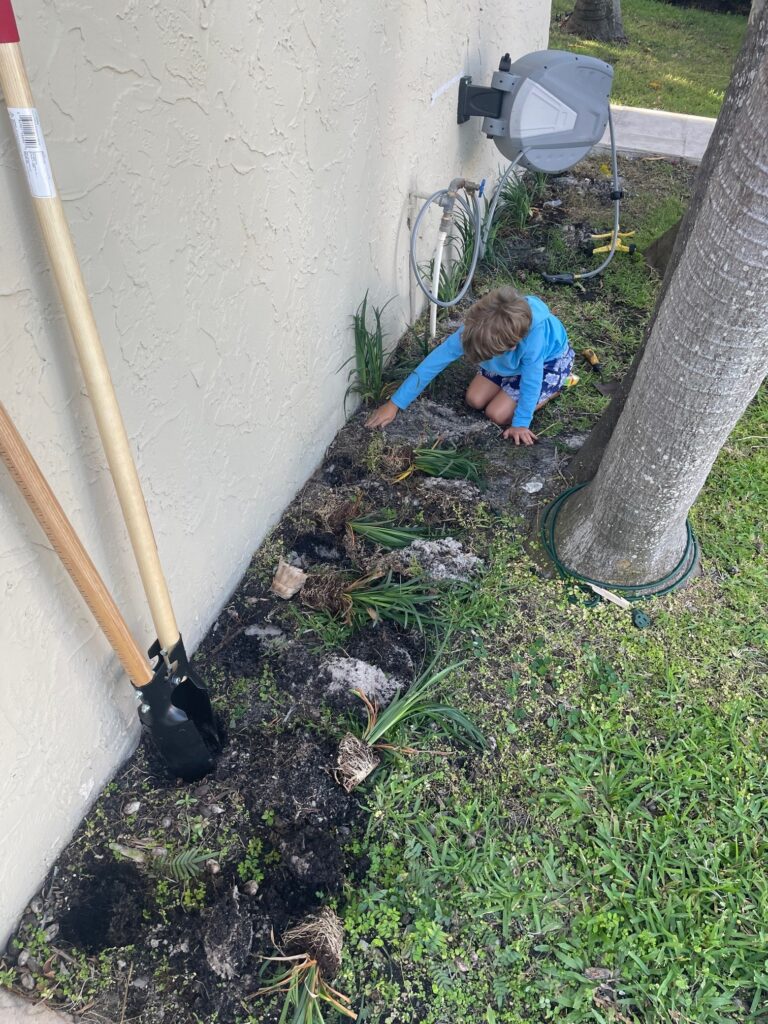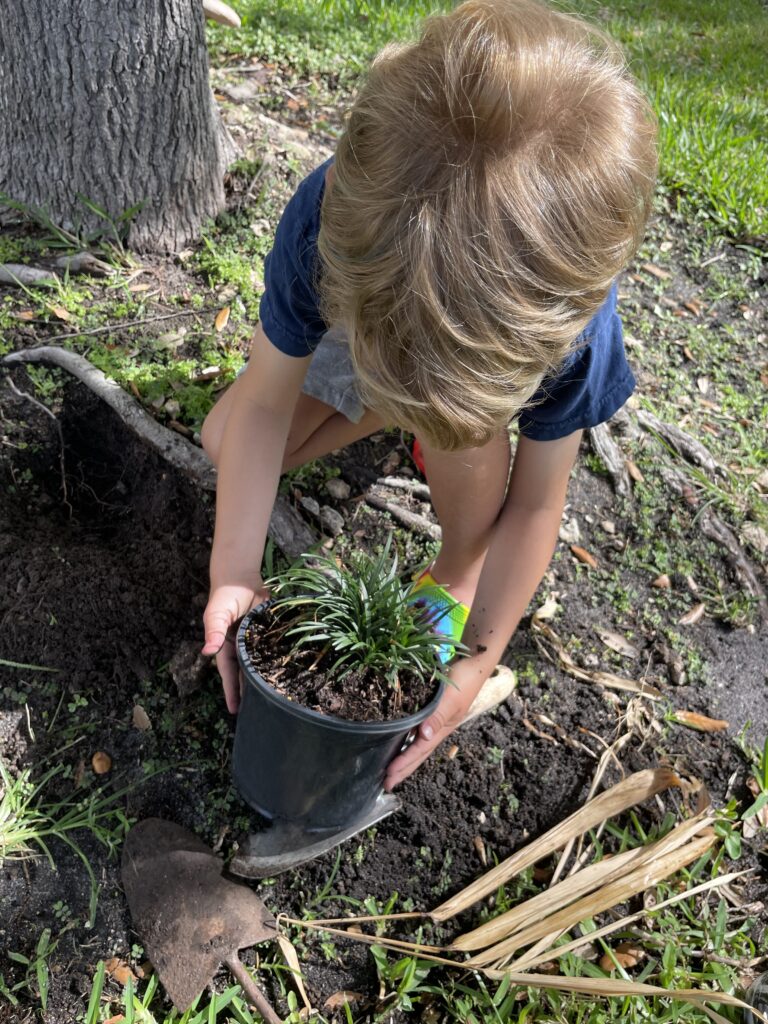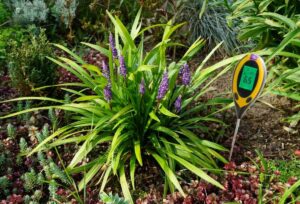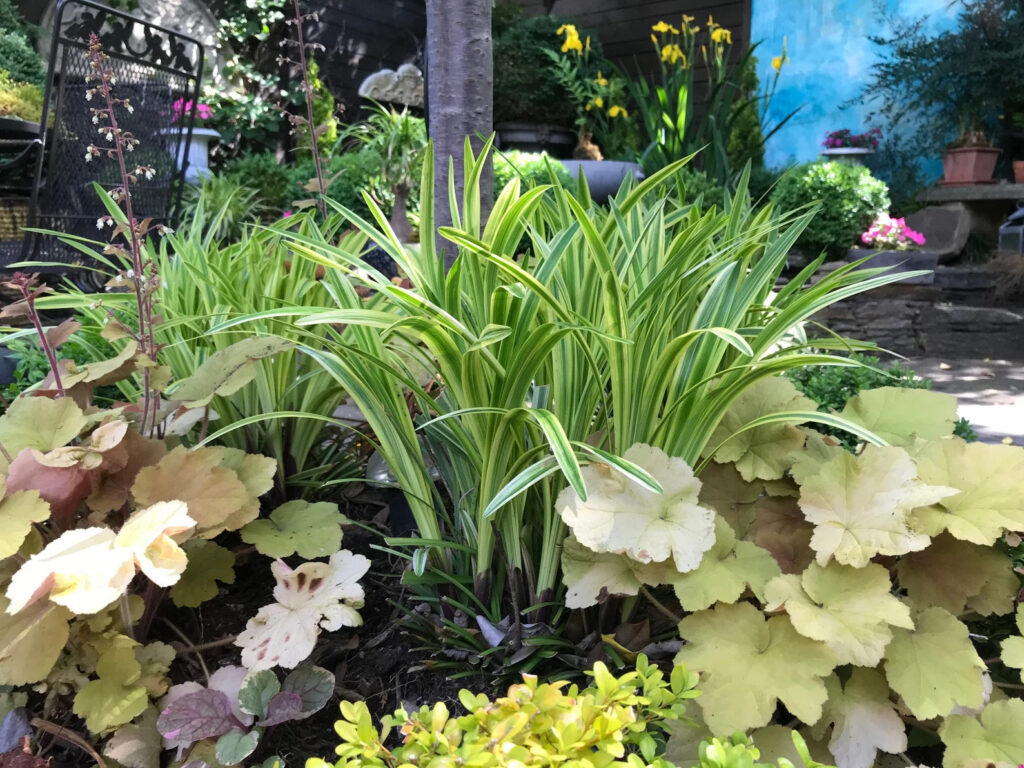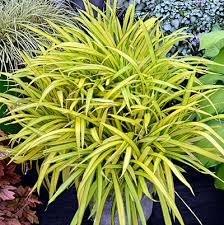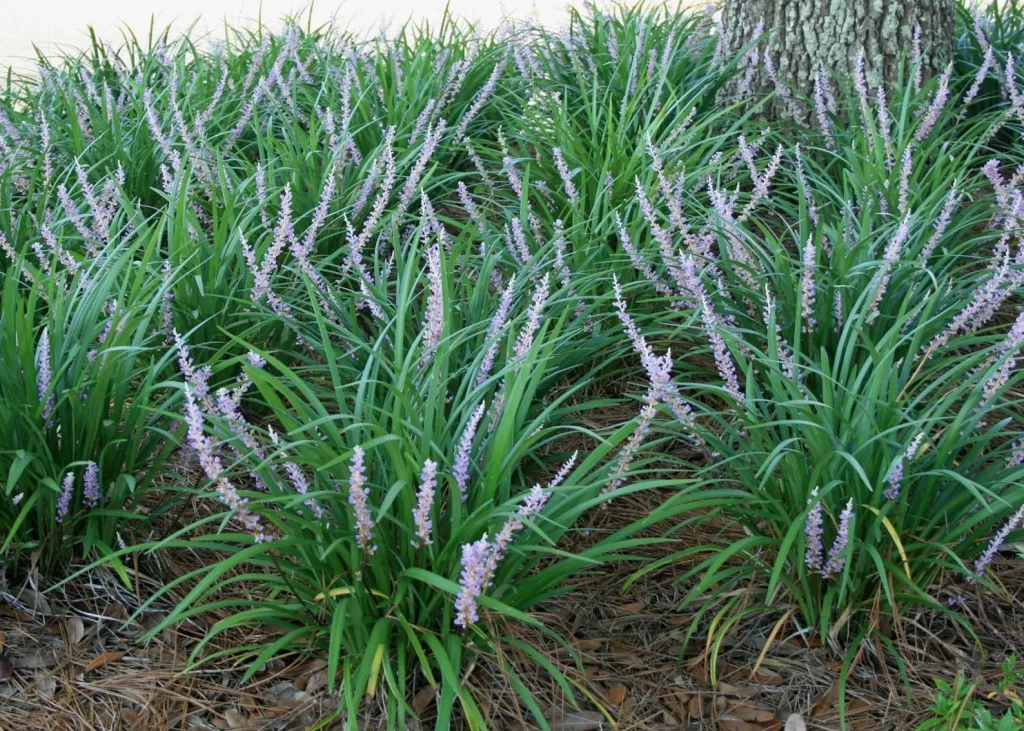Testing Soil Drainage
If you are uncertain about soil drainage in the area you intend to plant your Liriope, it’s well worth taking the time to test the drainage before planting.
To test soil drainage, dig a hole 12″ wide by 12″ deep. Fill the hole with water and let it drain. Then, after it drains, fill it with water again, but this time clock how long it takes to drain. In well-drained soil, the water level will go down at a rate of about 1 inch an hour. A faster rate, such as in loose, sandy soil, may signal potentially dry site conditions and possibly a need to add organic matter to help retain moisture. A slower rate indicates poor draining soil and is a caution you need to improve drainage or look for plants that are more tolerant of wet conditions.
Soil pH Preference
Liriope grows best in moderately acid to neutral soil ranging from 6.0 to 7.0 on the pH scale. Most average garden soils fall between a pH range of 6.0 to 7.0. Most potting soil from packages is pH balanced. Be sure the water used is of the same balance or it will start to change the pH of the soil.
Testing Soil pH
Soil pH is a measurement of the alkalinity or acidity of soil and is measured on a scale of 1-14, with 7 as the neutral mark. Any measurement below 7 indicates acid soil conditions, and anything above 7 indicates alkaline. If you’re unsure about the pH of your soil, and whether or not it’s suitable for growing Liriope, it’s a good idea to test the soil pH in the planting area.
You can quickly test soil pH with an inexpensive soil pH tester probe. To raise the pH (make it more alkaline) you can add pelletized limestone to the soil. To lower the pH (make more acid) you can apply Soil Sulfur, Aluminum Sulfate, or Chelated Iron. Adding organic compost to the soil or using compost as mulch can also help to increase acidity and maintain acid soil conditions.
